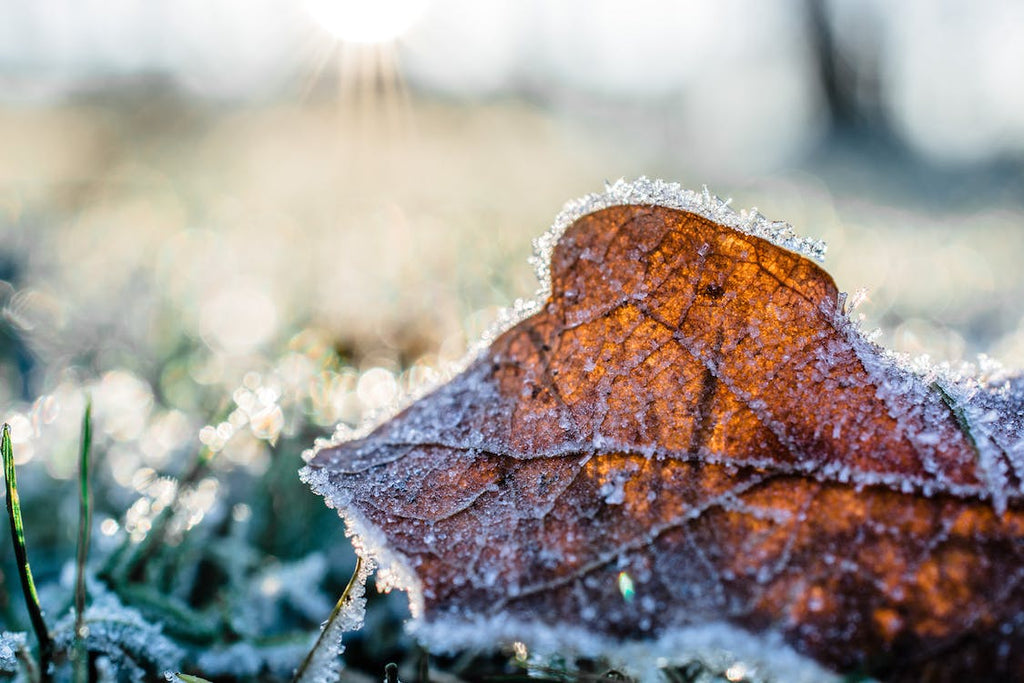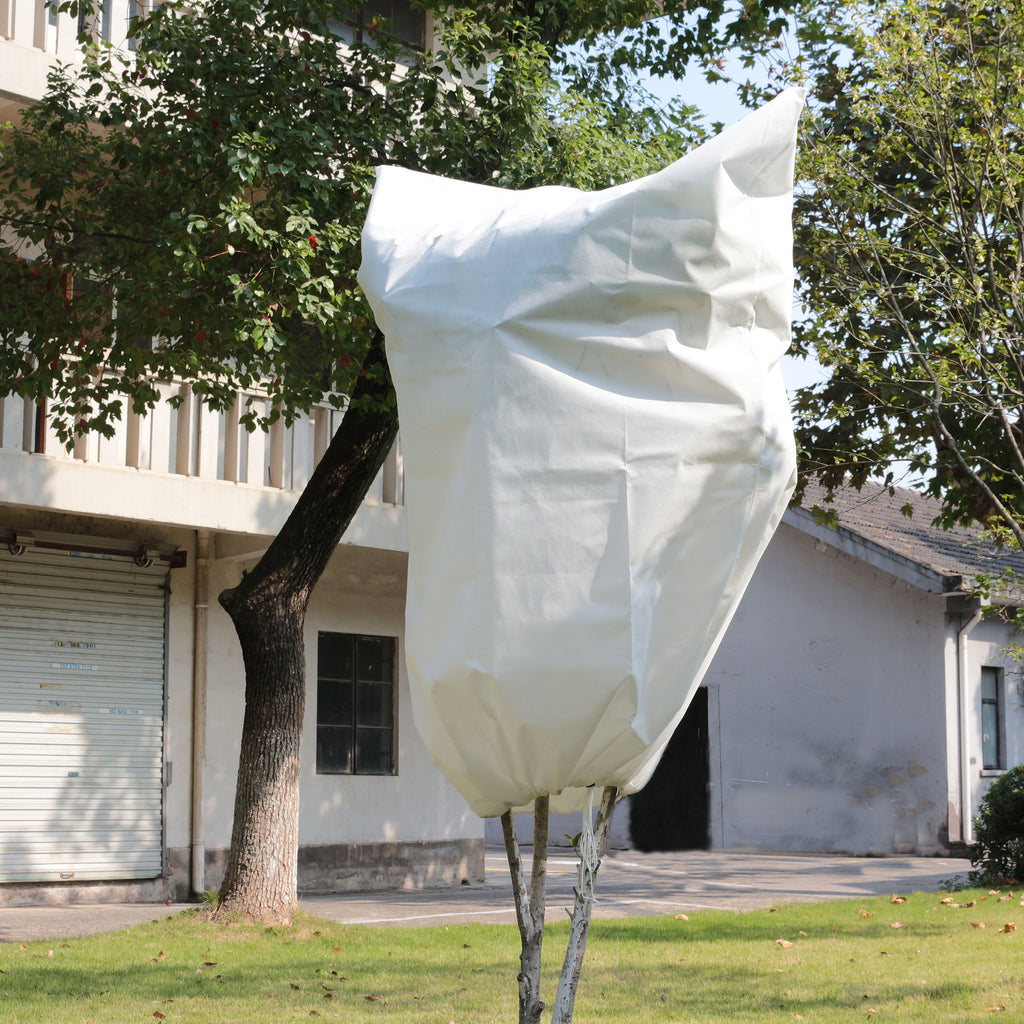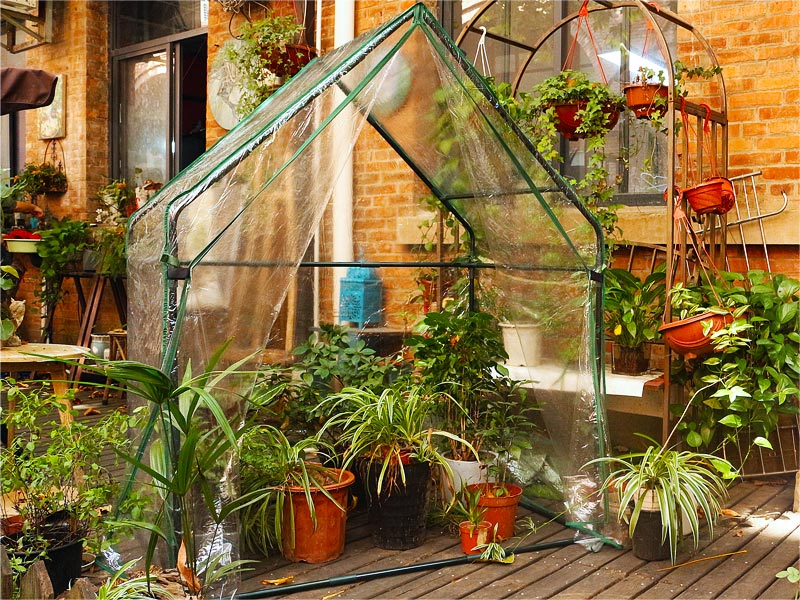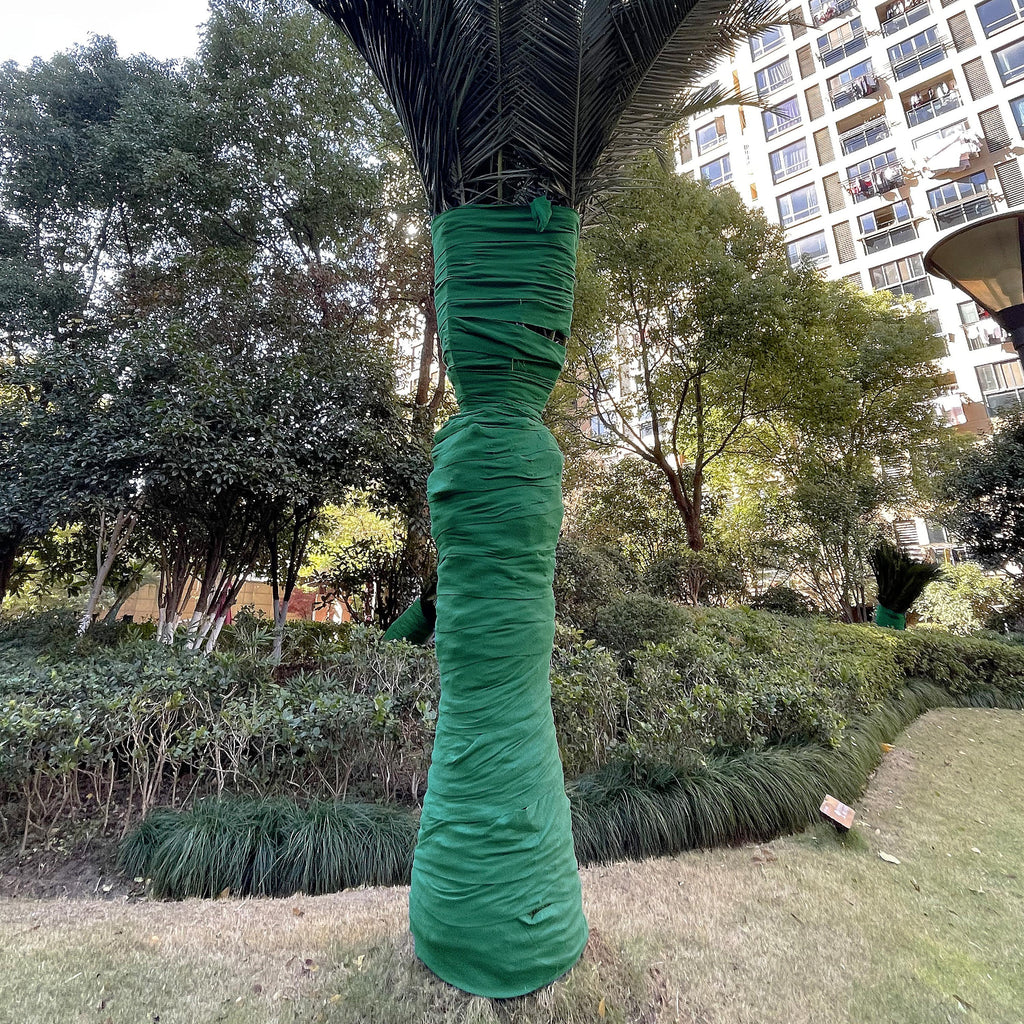
Winter is hear for much of North America, and with it comes the frosts, snow, and ice that can be so troublesome to our gardens. First, let’s recognize that this season is part of the natural cycle that makes gardening happen, and it’s up to us to work with the seasons as best we can. Then we can move on to meeting some seasonal challenges—like protecting our garden plants from frost. While eventually it will get too cold for most plants to survive, there are things we can do to protect our plants from the frosts that fall, winter, and spring often present. So here are some tips and tricks to help your plants survive a frost, whenever one comes your way:
First and foremost, stay informed! In the US, the National Weather Service regularly publishes winter weather information, and Environment Canada does the same for their country. Both will tell you a lot about when you can expect frosts to begin and end for your locale. By paying attention to the frost and freeze warnings relevant to you, you’ll be ahead of the game. You’ll also want to understand how frosts work—frosts don’t require below freezing temperatures to form. If temperatures will be below 36F/2.5C for more than a few hours, a frost is a possibility and you should act accordingly.

If a frost is possible or likely, it may be easiest to move your plants indoors in order to protect them from frost. For container plants, this is generally pretty easy—just move them to a sunny place indoors and wait for warmer weather. For in-ground plants, moving them indoors may involve transplanting them to a container, which may be relatively easy or very difficult depending on the size and type of plant in question. Transplanting is a skill unto itself—we’ve discussed it a few times in this blog—so do your research and use proper technique for the plant in question.

For plants that can’t be moved, or brief periods of frost, covering your plants may be an option. There are a host of ways to do this, and we’ll discuss a few of them here. For smaller plants, you can make a simple cover out of a cardboard box, or by cutting the bottom of a large plastic soda bottle. The latter makes a kind of cover called a “cloche” which is French for “bell”. These are reusable, easy to make at home, and can be effective particularly for protecting seedlings from chilly spring nights. Larger plants can be covered by an old blanket, large towel or a tarp, though these approaches work best when conditions are dry. For taller plants, a purpose-made plant cover may be best—these are reusable, can be adapted to many sizes of plants and shrubs, and are effective against cold snaps and occasional frosts.

For extending the growing season in spring or fall, it may be best to use row covers or a greenhouse setup. These are both good options for protecting garden plants from frosts, and they both have their own strengths. Row covers, also called hoop gardens, make use of arched plastic supports over which we place sheets of plastic. This helps hold heat in the ground and around the plants, while keeping cold air and frost away. Mobile greenhouses are just that—greenhouses of various sizes that can be set up where they’re needed and put away when the weather warms up. These are also effective, protecting plants against the cold by trapping the warmth of the sun in and keeping the frigid air out.

But what about trees and upright shrubs? While most trees suitable for your region should be fine on their own, for younger trees, recent transplants, and some shrubs it may be helpful to use a tree trunk wrap of some sort. By wrapping a protective material around the trunk, you’ll help shield it from cold, frost, and other winter damage. We recommend using a breathable material that is gentle enough to avoid scratching or damaging the bark of young trees, and taking it down when the weather warms up in the spring.

Finally, some of our outdoor plants may not make it through the winter—and that’s OK. Gardening is about working with the seasons and other natural cycles, and that include accepting that nothing lasts forever. If a plant dies in the cold, learn the lesson, be thankful for the time you got with that particular plant, and move forward. Gardening is an ongoing journey—one that we’re grateful to share with all of you!

Leave a comment